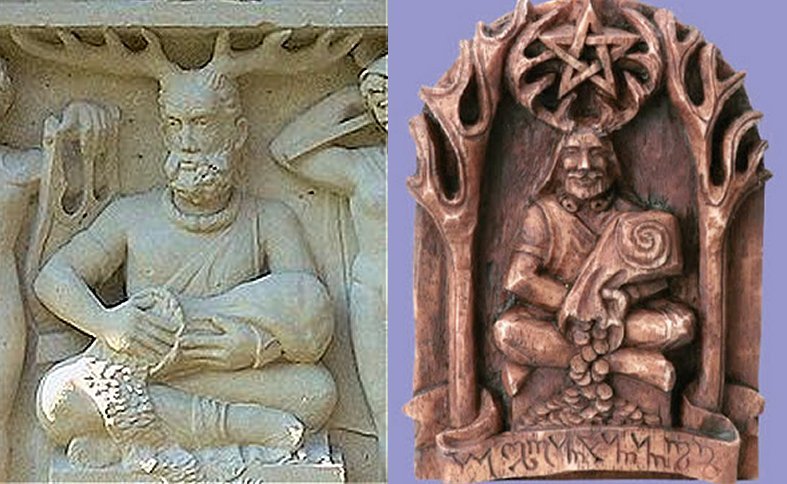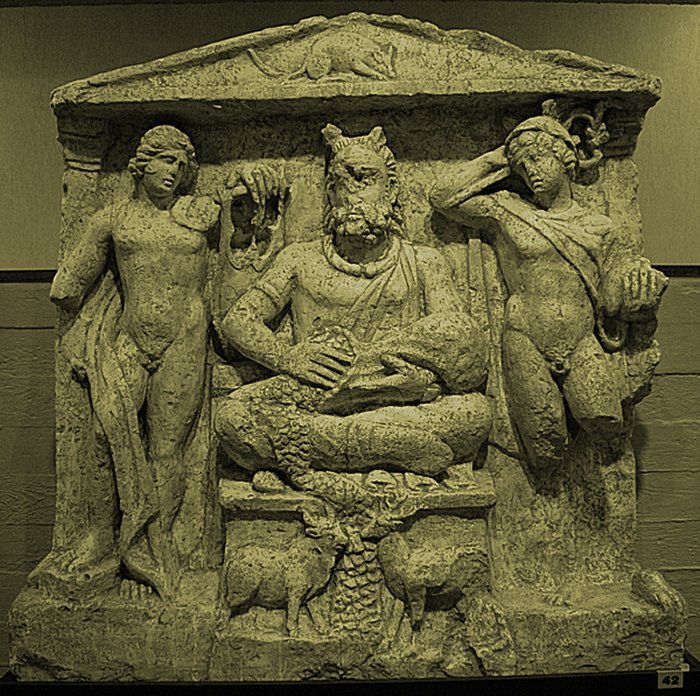Enigmatic Cernunnos – Most Ancient, Stag-Antlered, Peaceful God Of Celtic People
A. Sutherland - AncientPages.com - Cernunnos is one of the most mysterious deities worshiped by the ancient Celts. His widespread and complex cult dates to the Bronze Age and proto-Celtic period.
Left: Cernunnos on the Reims Altar. Source; Right: Cernunnos with pentagram and cornucopia. Source
Even after the Roman conquest of Gaul, Cernunnos, 'lord of wild and all things,' survived in the old beliefs and on the Romans' votive stones.
Generally, he is the god of the forest and animals, associated with animal and human fertility, identified with the cycle of seasons, and associated with life, death, and rebirth. He appears in the woods as an elderly bearded man with antlers (or horns) mounted on his head, but his cult depends on regional variations.
The earliest known depictions of Cernunnos were found at Val Camonica, in northern Italy, under Celtic occupation from about 400 BC. Still, the most famous scenes depicting Cernunnos surrounded by various animals, are found on the Gundestrup Cauldron.
However, there is only a handful of information about the god Cernunnos, and it originates from two inscriptions from France and one from Germany.
Cernunnos was worshipped primarily in Britain, although there are traces of his cult in Ireland. The Christian Church strongly opposed him because of his powerful pagan influence. He was used as a symbol of the Antichrist and, as such, figured in Christian medieval manuscripts and art.
The Reims Altar of Cernunnos (with Apollo and Mercurius), the animals, and cornucopia), ca. 30 AD–ca. 100 AD. Image credit: Reims, Musée Saint-Remi
Interestingly, Cernunnos's name appears only once on a first-century AD stone in Paris, which depicts the head of an elderly, bearded man wearing antlers with torcs hanging from them and with stags' ears. But the god himself was venerated before this period: at Camonica Valley, a site whose rock art abounds in stag imagery, a fourth-century BC image depicts a prominent standing figure of a god with antlers and torcs…" 2
The god has many titles, including "Lord of Wild Beasts," "Lord of the Beats," the "Lord of the Animals, and the "Horned One."
Otherwise, he is typically depicted sitting in a cross-legged position (similar to yoga). This deity's animal forms are the stag, reindeer, and the horned serpent or dragon. In some other depictions, snakes form the god Cernunnos' legs.
The name of the old god Cernunnos is preserved in modern Herne the Hunter and the giant Cerne Abbas folklore. Other Celtic names for Cernunnos include Dagda. In the "Battle of Magh Tuireadh" (Cath Maige Tuired), two texts about battles fought by the Tuatha Dé Danann, the first against the Fir Bolg, the second against the Fomorians, Dagda reveals that his real name is Fer Benn ("horned man"), like the horned god of the forest, Cernunnos.
As Patron of Druids and a symbol of spiritual and magical knowledge, Cernunnos was associated with two essential attributes: the Staff of Life and the Cauldron of Plenty, also known as cornucopia.
According to legends, when Cernunnos "touched a creature with the top end of this wand, it would immediately die but touched with the other end, it would directly come back to life.
It is a metaphor for reincarnation and also for the cycles of time. The staff, sometimes portrayed as a spear or sword, represented the god or male principle – the yang force.
Sometimes, the staff was exaggerated into the form of a large club; it appears thus on the Cerne Abbas giant and in Irish stories of the Dagda…" 1
Many depictions of Cernunnos also show him with a pentagram. A carved stone figure in Rheims depicts Cernunnos with a stag and a bull drinking from a stream of coins (cornucopia). This depiction is believed to mean that stags are associated with wealth.
Written by – A. Sutherland - AncientPages.com Senior Staff Writer
Updated on March 26, 2024
Copyright © AncientPages.com All rights reserved. This material may not be published, broadcast, rewritten or redistributed in whole or part without the express written permission of AncientPages.com
Expand for referencesReferences:
Susan E. Alcock, Mariana Egri, James F. D. Frakes. Beyond Boundaries: Connecting Visual Cultures in the Provinces of Ancient Rome
- Lewis-Highcorrell D. Witch School First Degree: Lessons in the Correllian Tradition
- Green M. Animals In Celtic Life and Myth
More From Ancient Pages
-
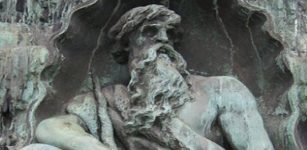 Aegir – Jotun Lord Of The Stormy Seas Revered And Feared By Norsemen
Featured Stories | Sep 6, 2019
Aegir – Jotun Lord Of The Stormy Seas Revered And Feared By Norsemen
Featured Stories | Sep 6, 2019 -
 New Study Questions Claims Homo Naledi Was Advanced
Evolution | Nov 13, 2023
New Study Questions Claims Homo Naledi Was Advanced
Evolution | Nov 13, 2023 -
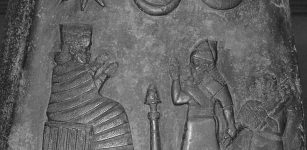 Kudurru Of Melishihu – Stone Records From The Kassite Dynasty In Babylonia
Artifacts | Jan 17, 2016
Kudurru Of Melishihu – Stone Records From The Kassite Dynasty In Babylonia
Artifacts | Jan 17, 2016 -
 Discovery In Alabama Reveals Evidence Of Skull Surgery In North America Thousands Of Years Earlier Than Previously Thought
Archaeology | Apr 2, 2022
Discovery In Alabama Reveals Evidence Of Skull Surgery In North America Thousands Of Years Earlier Than Previously Thought
Archaeology | Apr 2, 2022 -
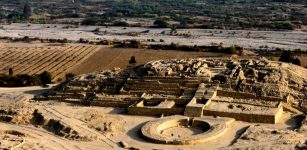 America’s Oldest City Caral Illegally Invaded And Archaeologist Threatened With Death
Archaeology | Jan 21, 2021
America’s Oldest City Caral Illegally Invaded And Archaeologist Threatened With Death
Archaeology | Jan 21, 2021 -
 Dangerous Underground Secret In The Valley No-One Dares To Enter
Featured Stories | Jun 26, 2018
Dangerous Underground Secret In The Valley No-One Dares To Enter
Featured Stories | Jun 26, 2018 -
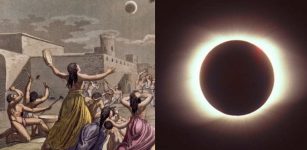 Ancient Solar Eclipses That Re-Wrote History And Made Ever-Lasting Impact On Humans
Featured Stories | Aug 15, 2017
Ancient Solar Eclipses That Re-Wrote History And Made Ever-Lasting Impact On Humans
Featured Stories | Aug 15, 2017 -
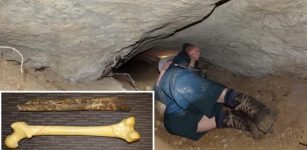 Secret Group Searching For Ancient Giants’ Skeletons In NZ Worries Archaeologists
Archaeology | Mar 19, 2020
Secret Group Searching For Ancient Giants’ Skeletons In NZ Worries Archaeologists
Archaeology | Mar 19, 2020 -
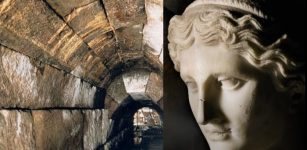 Venus Cloacina: Roman Goddess Of Sewers And Drains
Featured Stories | Dec 19, 2019
Venus Cloacina: Roman Goddess Of Sewers And Drains
Featured Stories | Dec 19, 2019 -
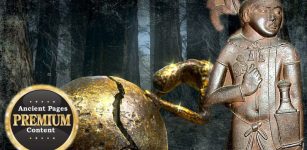 Forbidden High-Tech Knowledge Of A Controversial Ancient Lost Super Race
Civilizations | Jun 22, 2018
Forbidden High-Tech Knowledge Of A Controversial Ancient Lost Super Race
Civilizations | Jun 22, 2018 -
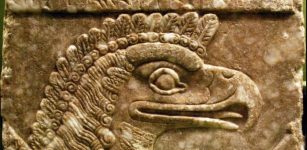 Adapa – Why Did The Wise Apkallu Refuse The Gift Of Immortality?
Featured Stories | May 9, 2019
Adapa – Why Did The Wise Apkallu Refuse The Gift Of Immortality?
Featured Stories | May 9, 2019 -
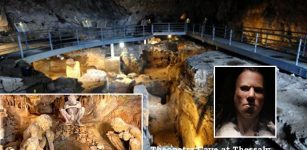 Face Of A Greek Girl That Lived 9,000-Years Ago Reconstructed In Athens
Archaeology | Jan 27, 2018
Face Of A Greek Girl That Lived 9,000-Years Ago Reconstructed In Athens
Archaeology | Jan 27, 2018 -
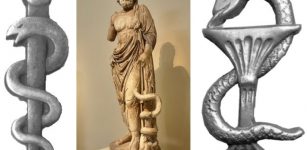 Why Is A Snake Symbol Of Medicine And Pharmacies?
Ancient History Facts | Jan 15, 2018
Why Is A Snake Symbol Of Medicine And Pharmacies?
Ancient History Facts | Jan 15, 2018 -
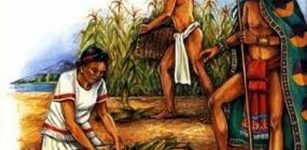 Slaves In The Aztec Empire Had Much Better Rights Than In Any Other Ancient Society
Ancient History Facts | Jul 6, 2016
Slaves In The Aztec Empire Had Much Better Rights Than In Any Other Ancient Society
Ancient History Facts | Jul 6, 2016 -
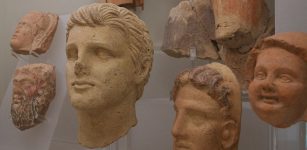 Intriguing Phenomenon Sheds New Light On The Etruscans
Archaeology | Sep 25, 2021
Intriguing Phenomenon Sheds New Light On The Etruscans
Archaeology | Sep 25, 2021 -
 Lost Since 1362: Researchers Discover The Church Of Rungholt – A Sunken Medieval Trading Place
Archaeology | May 25, 2023
Lost Since 1362: Researchers Discover The Church Of Rungholt – A Sunken Medieval Trading Place
Archaeology | May 25, 2023 -
 The Four Bases Of Anti-Science Beliefs – What Can Be Done About Them?
News | Jul 14, 2022
The Four Bases Of Anti-Science Beliefs – What Can Be Done About Them?
News | Jul 14, 2022 -
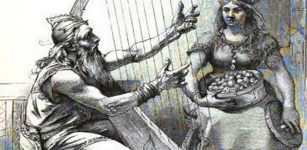 Bragi – Norse God Of Poetry, Eloquence, Music And Singing And Husband To Idun Who Protected Golden Apples
Featured Stories | Mar 17, 2018
Bragi – Norse God Of Poetry, Eloquence, Music And Singing And Husband To Idun Who Protected Golden Apples
Featured Stories | Mar 17, 2018 -
 Altai Mountains Were Home To Porcupines 30,000 Years Ago
Archaeology | Mar 14, 2017
Altai Mountains Were Home To Porcupines 30,000 Years Ago
Archaeology | Mar 14, 2017 -
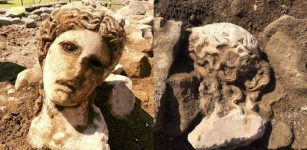 Magnificent 2,000-Year-Old Marble Head Of God Dionysus Discovered In Rome
Archaeology | Jun 17, 2019
Magnificent 2,000-Year-Old Marble Head Of God Dionysus Discovered In Rome
Archaeology | Jun 17, 2019

